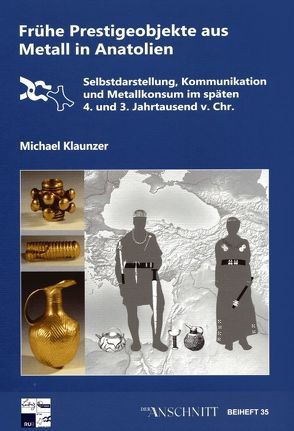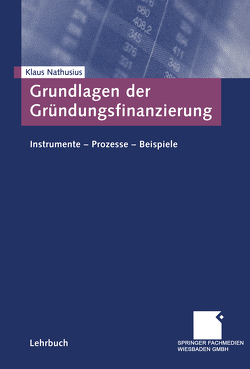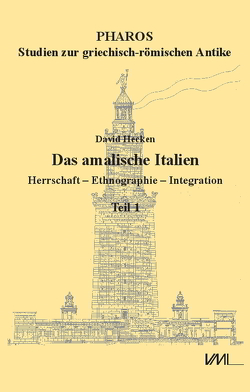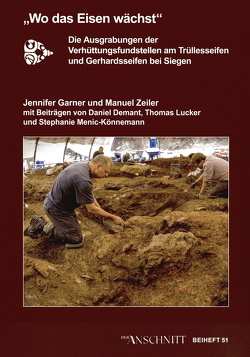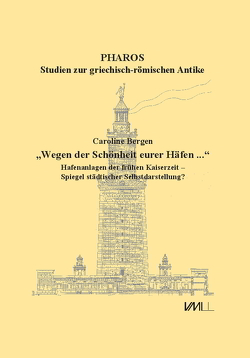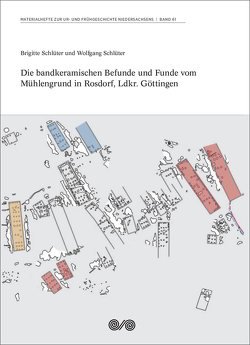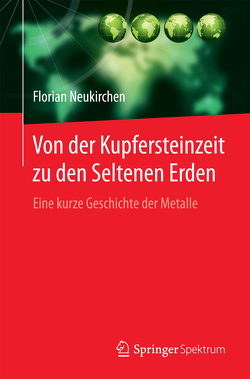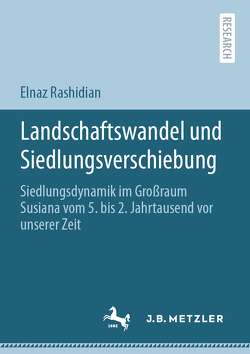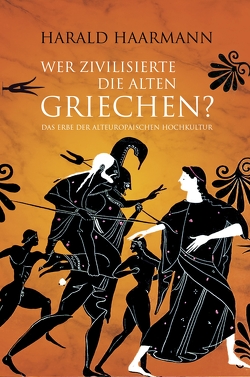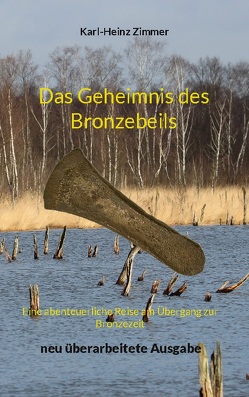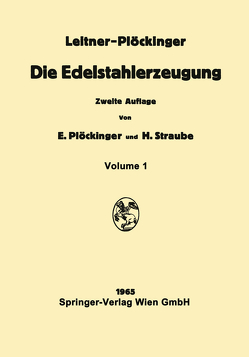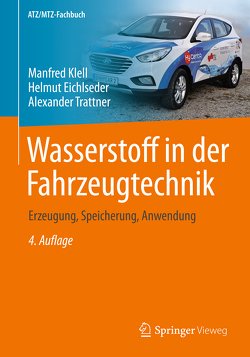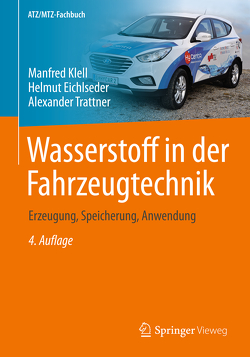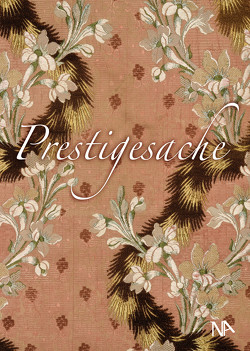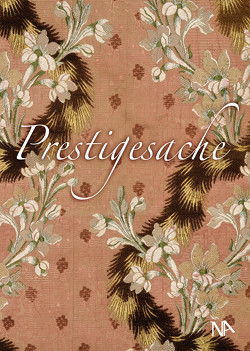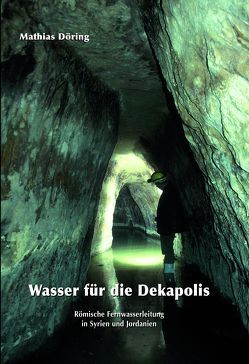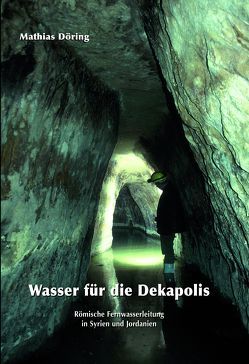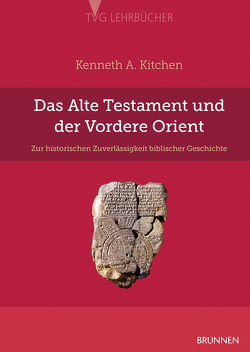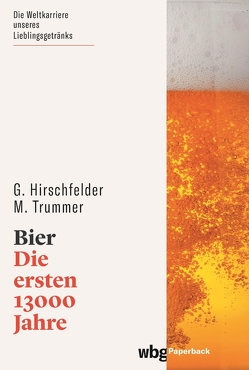Raw Materials, Innovation, Technology of Ancient Cultures – RITaK / Frühe Prestigeobjekte aus Metall in Anatolien
Selbstdarstellung, Kommunikation und Metallkonsum im späten 4. und 3. Jahrtausend v.Chr.
Michael Klaunzer
This volume offers a comparative analysis of early prestige goods [late 4th and 3rd me B.C.] in Anatolia and inter-regionally in the Ancient Near East. The artefacts presented here [diadems, maceheads and sceptre-like objects, exceptional axes, daggers and so on] are attributed to higher-ranking social groups [elites], who used these prestige items for self-presentation and for communicating – and thereby enhancing – their status and prestige within their own and to other cultural groups.
In the Late Chalcolithic, technological and cultural innovations are reflected in the first appearance of special artefacts [e.g. swords], production techniques [e.g. silver damascening] and in the targeted use of special metals and alloys. In the course of the Early Bronze Age, elites were furnished with more status indicators and prestige goods, as well as magico-religious artefacts, which evidently functioned as signs for social hierarchy.
In addition, an interdisciplinary study based on the metal objects from two Anatolian sites, İkiztepe and Alacahöyük, aimed to elucidate the use of ore sources. Contact between the Anatolian Black Sea coast [İkiztepe] and south-east Anatolia [Arslantepe] is archaeologically traceable via Late Chalcolithic metal artefacts, a pattern which can be corroborated using lead isotopic and chemical analyses. At the very least, there could have been a [sporadic] exchange of ideas, techniques and raw materials [metals].
In addition, lead isotope data for the copper-based and silver artefacts from the Early Bronze Age royal tombs at Alacahöyük could be analysed.
Regarding the provenance of these items, it seems that several ore sources were used, as suggested by the wide scatter of lead isotope measurements. Contacts and interactions suggested on the basis of archaeological material also indicate the contemporary exploitation of different ore sources.
